
Commercials for AI: more reality, less posturing
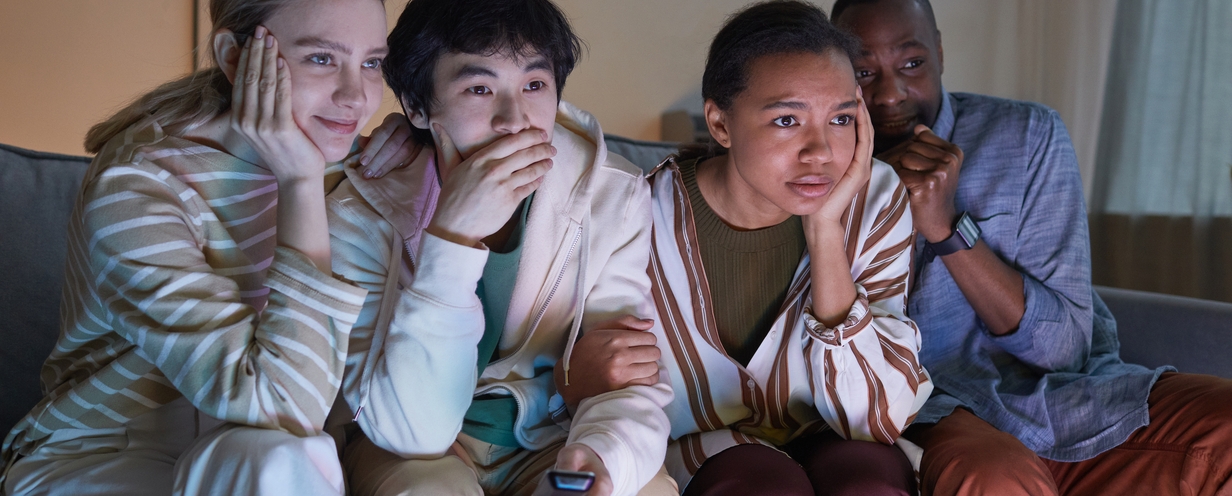
AI companies are spending heavily on TV commercials, but their ads don’t always resonate with customers. The most popular ads tell relatable stories about how AI can help people. In this study, we’ll show you some leading AI ads, watch viewers react to them, and discuss what it all means for anyone working on AI products.
Executive summary
People are intrigued by the wave of TV ads for AI products, but many people are not getting all the info they want. There’s a deep hunger for more specifics on what you’re supposed to do with AI. None of the ads are fully feeding that hunger, although Google comes closest. Overpromises and chest-beating by some AI companies are also producing a backlash from many customers.
The lesson for anyone selling AI products and features: Focus on practical info about what AI can really do now, and tell stories about it that people can relate to.
The AI war is being televised
The competition between AI products in tech is intense. The industry’s biggest players are all spending heavily on AI technology -- and also on advertising that technology. For example, Google, Microsoft, Apple, and ChatGPT have all run commercials for AI during major sporting championships in the US.
We wanted to learn how the commercials from those four companies are resonating with customers and see what lessons they have for companies working on AI features. Specifically:
- How do people react to the most prominent AI ads?
- What do they want to know about AI?
- Do their reactions vary depending on how much they use AI?
- What does this tell us about the state of the market?
- What does that mean for other companies selling AI features?
To answer those questions, we used the UserTesting solution to have people watch four prominent AI commercials. We recorded the participants’ faces and voices as they watched the commercials. Then we asked them what they thought about each one, and had them rank the commercials from best to worst. We saw some surprisingly emotional responses to the ads, and we learned a lot about what does and doesn’t resonate with AI customers. Here are the details…
The overall winner was Google, but no one’s hitting the target exactly
Before we get into the details of each ad, let’s start with an overview of the results. Each participant ranked the four ads from best to worst. Google’s ad, called “Dream Job,” was rated #1 by 45% of participants, 38% picked Microsoft’s ad, 15% picked ChatGPT, and 8% picked Apple. Google also had the highest overall score (see chart below). The Google ad tells a very relatable, emotional story that even made a couple of participants cry.
Overall scores. Each first place vote earned three points, second place two points, and third place one point.
Looking beyond the rankings, we learned some important lessons about what people want from AI and what companies need to do to serve those needs. Here are the key learnings:
There’s a deep hunger to understand what you can do with AI
Probably the most prominent theme in the ad feedback was that many people want a better understanding of exactly what you can do with AI. The more practical and relatable the ad was, the more people liked it. The more conceptual the ad was, the more criticism it got.
We’ve seen this same hunger for practical AI tips in our other research on AI attitudes. Very few knowledge workers are actively hostile to AI, but most are unclear on what it’s supposed to do for them. They’re looking to ads to educate them.
Many people want AI to be a coach, not a servant
One of the ads positioned AI as a coach and partner that helps you navigate challenges in life, while another ad showed AI performing tasks for the user, like a servant. Some of the participants picked up on this distinction, and the coach metaphor was better-liked.
Having a voice interface to AI is appealing
Two of the ads showed people speaking to an AI bot on a smartphone and receiving spoken answers. This appealed strongly to many participants, to the point where one participant called written AI chats old-fashioned.
In our previous research on AI usage, people told us that their preferred interaction with AI depended on the hardware they were using. For conversations with AI on a computer (where it’s easy to type), most people preferred to type and read written answers. But for AI interaction on a mobile phone, many people preferred spoken communication. The ad tests confirmed that finding.
Apple was an outlier
As you’ll see, Apple’s AI ad polarized people – some really liked the ad, but others were quite critical. In part, this reaction was driven by the fact that people tend to identify themselves as either “an Apple person” or “not an Apple person.” But also Apple’s struggles deploying AI have hurt its credibility with some users, and that came across strongly.
The other subtle difference in Apple’s ad is that Apple pushed very personal, tactical uses of AI, while the other companies’ ads focused on sweeping historical statements and solving big problems in people’s lives. To some participants, the contrast made Apple feel almost trivial.
Storytelling will play an important role
Based on everything we’ve learned so far, marketing that does a good job of telling relatable, practical stories about what you can do with AI is likely to resonate best with customers at this time. That’s important to keep in mind as you plan communications about your company’s own AI products. Don’t try to be high concept, just tell them what you can do to help improve their lives.
Detailed reactions to each ad
Below, we’ll show you how people reacted to each of the ads, but first, we’ll give you a little context on the people who participated in this test. We tested adults in the US who work full time. Although we didn’t screen for awareness of AI bots like ChatGPT, all of them had some exposure to AI. That fits with the very high awareness rates that we’ve seen in our own surveys.
We also know from those surveys that workers’ attitudes toward AI vary a lot depending on how much they engage with it. About 20% of AI users in business are very heavy users who say they would be very disappointed to lose AI, 40% are in the middle, and 35% would not be at all disappointed to lose it.
We wanted to see if those groups responded differently to the AI ads, so we grouped them and put subtitles in their video commentary showing their level of commitment to AI. You’ll see deeply committed people first, medium commitment second, and low commitment people last.
There wasn’t as much variation between these groups as we expected; they all wanted more practical examples of what AI can do. The deeply committed people were looking for the ads to educate others about AI, while the less committed people wanted to understand it for themselves. As you’ll see, a few of the low-commitment viewers were negative on AI in general, but we know from our survey that they’re only about 10% of the population.
ChatGPT's ad: The Information Age
This ad premiered in 2025. As you’ll see, it’s very conceptual, with a series of animations built out of dot patterns. Here’s the ad:

Here’s how people responded to it:
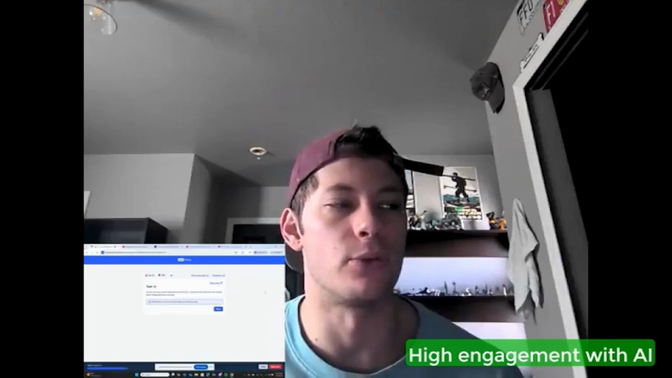
The feedback was mixed.
- Some people were intrigued by the graphics, but others found the images overwhelming.
- The energy level in their responses was lower than for the other ads, with several people sighing as they discussed the ad.
- Many people said they want ads to tell them what AI can do, and they were disappointed that this ad didn’t focus on that.
- Some of the viewers were very literal-minded, for example complaining that ChatGPT didn’t play a role in the innovations shown in the ad. This literal-mindedness was a recurring theme in the responses to all the ads.
Google’s ad for Gemini: Dream Job
This ad also premiered in 2025:

Here’s how people responded to it:
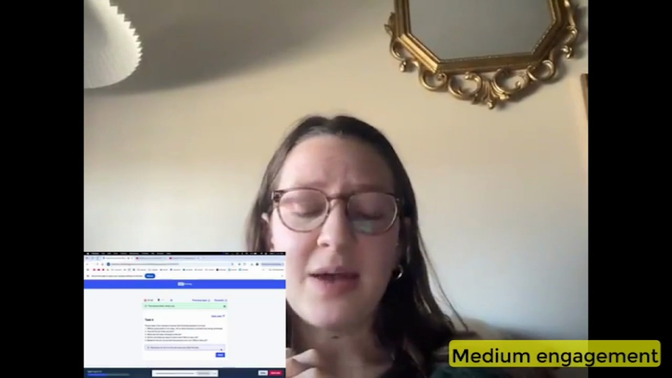
- The reactions to this ad were much more energetic. Most people said they liked it, and gave it the highest scores overall.
- Some people had strong emotional reactions to the ad, with one person crying and a couple of them choked up. It’s rare that people cry in one of our tests.
- Some people said they were interested in trying a Pixel phone as a result of the ad. This is another example of the literal-mindedness of many viewers, who saw it as a phone+AI ad, not just an AI ad.
- Parents and job-seekers resonated very strongly to the ad, an example of how people are looking for relatable stories about what AI can do for them.
- Many people like the idea of AI as a companion and coach, although some wanted more specifics on what AI can do.
- Several people said they’re attracted to the idea of speaking to AI over the phone, as opposed to typing text. In our other studies, most people said they prefer typing on a computer (where it’s easy to type), but many said they would prefer to speak to AI when using a phone.
Microsoft’s ad for Copilot: Watch Me
This ad premiered in 2024, so it’s a year older than the two above. We used it in the test because Microsoft didn’t have a major new AI ad at the start of 2025.
Here’s the ad:
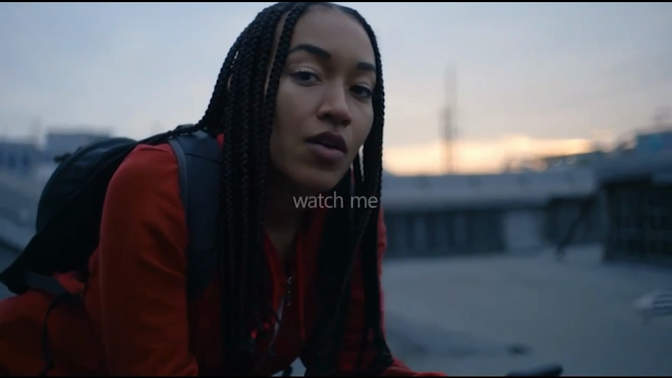
Here’s how people reacted to it:
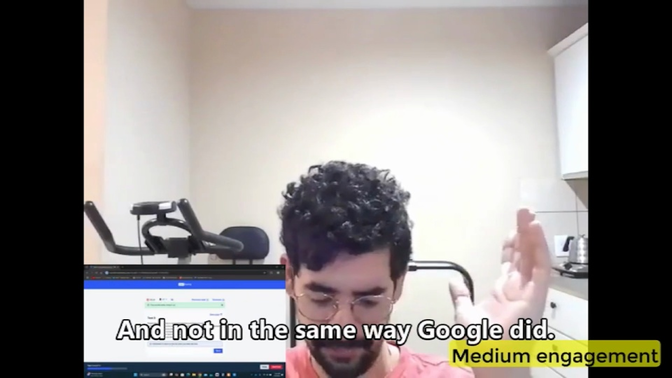
- This was the second most popular ad among the viewers.
- Compared to the Google ad, responses to this one were less emotional and more reasoned.
- Some viewers said the ad is slightly outdated after just a year, which tells you how quickly AI is changing.
- Many people said they felt empowered by the ad, and appreciated the specific examples of real uses for AI.
- However, many were turned off by the tone of the ad. Some said it was “over the top” and full of itself, while others did not like the positioning of AI as a tool that does tasks for you rather than a helper who assists.
- We thought it was interesting that this ad was the one called over the top, even though the Google ad is the one that killed off the family dog.
- Despite the range of AI usages shown in the ad, some people said they wanted even more practical details.
- It’s hard to judge from this sample size, but we felt the less engaged people were tougher on this ad.
Apple’s ad for Apple Intelligence: More Personal Siri
Apple is often cited as one of the most creative advertisers in tech, so we wanted to see how its AI ads compared to the others. The ad we tested had the most views on Apple’s YouTube channel at the time we ran the test in March. The ad is called “More Personal Siri.”

Here’s how people responded to it:
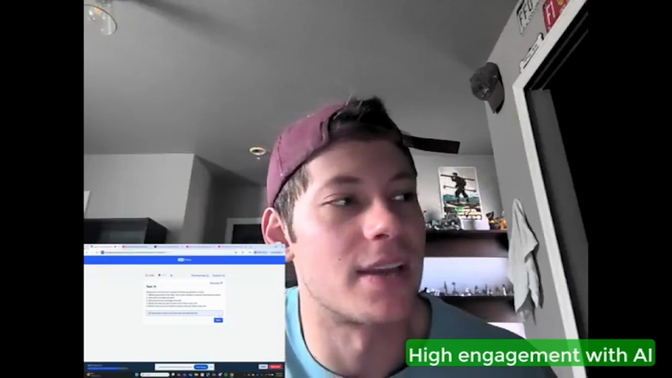
- As often happens when we survey people about Apple, the viewers were polarized. 35% of viewers rated it the second-best ad, while 38% rated it last.
- The sources of polarization included:
- Some people said they are Apple people, some aren’t
- Some like this particular feature, while others feel it’s creepy
- Some think the ad is funny, some are not amused (“she lied to that guy”)
- Many people don’t like Siri. Apple’s well publicized struggles to deliver AI features have hurt its credibility with some customers, and they were outspoken about it. (In fact, the More Personal Siri ad is no longer available on Apple’s YouTube channel [source].)
- Some viewers noted that Apple is taking a different tone about AI compared to the other vendors. While ChatGPT declared itself a leader in tech evolution, and Google and Microsoft both promised sweeping changes that affect the careers of users, Apple has focused on small features related to personal issues. One viewer called it a “helpful little friend.” That difference stood out to some viewers.
Lessons for companies creating AI products
There’s an intense hunger for specifics on what AI can do. People who don’t know AI well want to understand what it could do for them, while people who do use AI heavily want it to be explained to everyone else. If you’re making an AI product, don’t assume people will know what to do with it. Your advertising doesn’t have to be a user manual, but be sure you’re telling relatable stories about how people can solve problems they care about.
Don’t overpromise. It’s OK to be upbeat, but Apple’s experience with AI for Siri shows the risk of raising expectations and not delivering. The audience is very literal-minded when it comes to AI. It’s seen as a semi-magical technology, so if you say it can do something, they’ll probably believe you. Failure to deliver will damage your brand’s credibility for a long time.
It’s easy to get the tone wrong. Subtle differences between the Microsoft and Google ads had a big influence on many viewers. Both commercials said AI can make a difference in your life, with examples. The Microsoft ad had more specifics, but its assertive tone and its focus on tasks that AI can do for you were less appealing than Google’s warm message about supporting you in something you feel is important. Microsoft is selling a servant, Google is selling a coach. At this point in time, the coach seems to be more valued by many people.
Google is staking out a new usage paradigm for computing. Don’t underestimate the impact of the spoken conversations with AI that Google is publicizing in its ads. Gartner predicts that web searches will decline as AI replaces them (source), some users have told us in surveys that AI is already replacing their web searches (source), and Apple says search activity on its Safari browser is dropping because of AI (source). This is a threat to the heart of Google’s business. By positioning Gemini as a coach and friend you can talk to, Google may be trying to take the lead in this new computing paradigm. Other AI companies need to think about what Google is doing and how that might affect everyone else. How does the world look different when you talk with technology all day? What’s obsolete? What are the new opportunities? Those questions are being explored right now, and the company that answers them best may have a huge advantage in the next generation of computing
Note on methodology. This study was run in spring of 2025 on 40 workers in the US who are employed full time. We cross-checked the results with our much larger AI attitudes survey from late 2024, to understand differences between the AI adoption groups.





